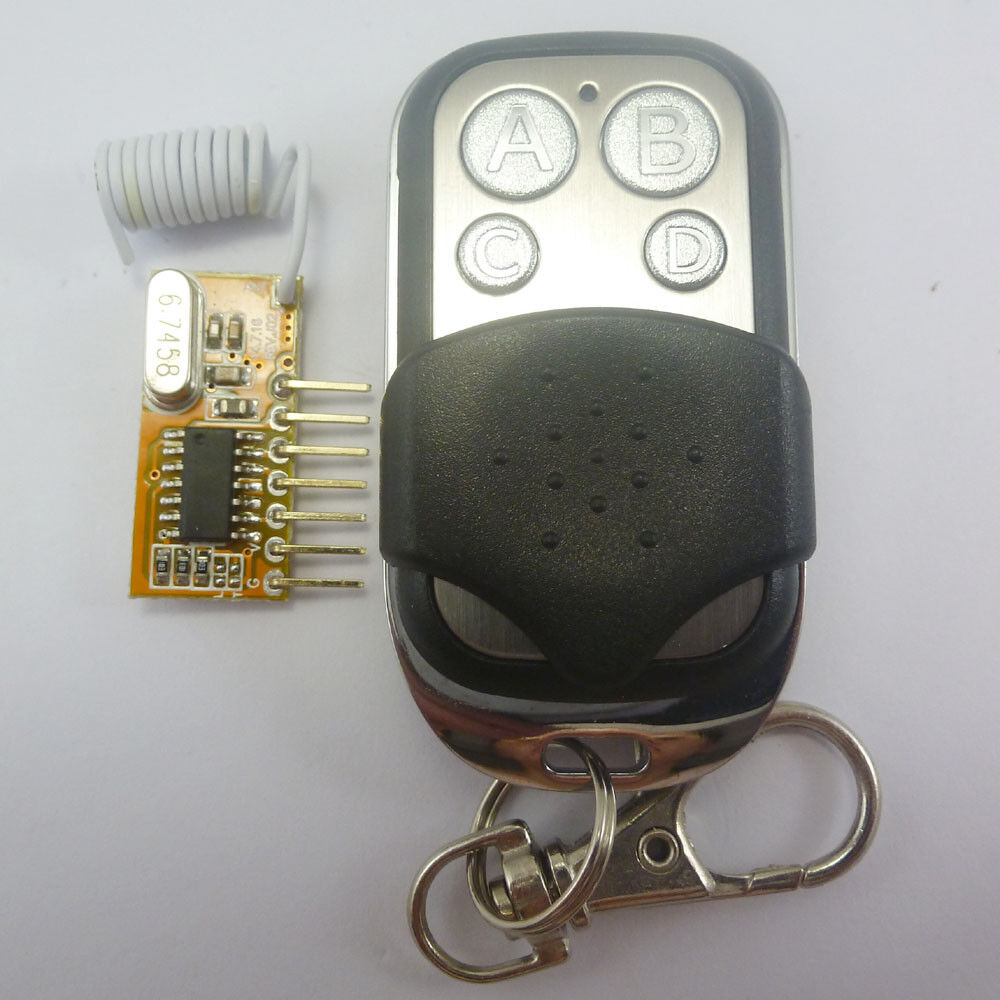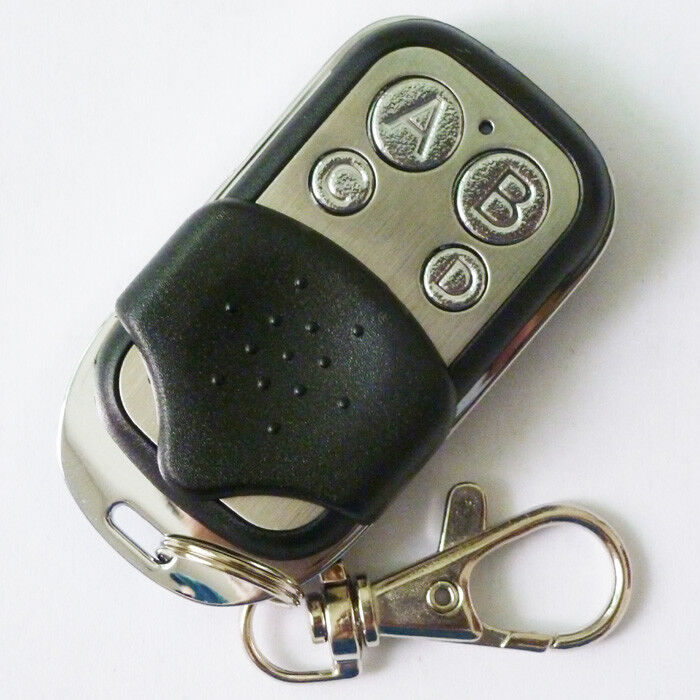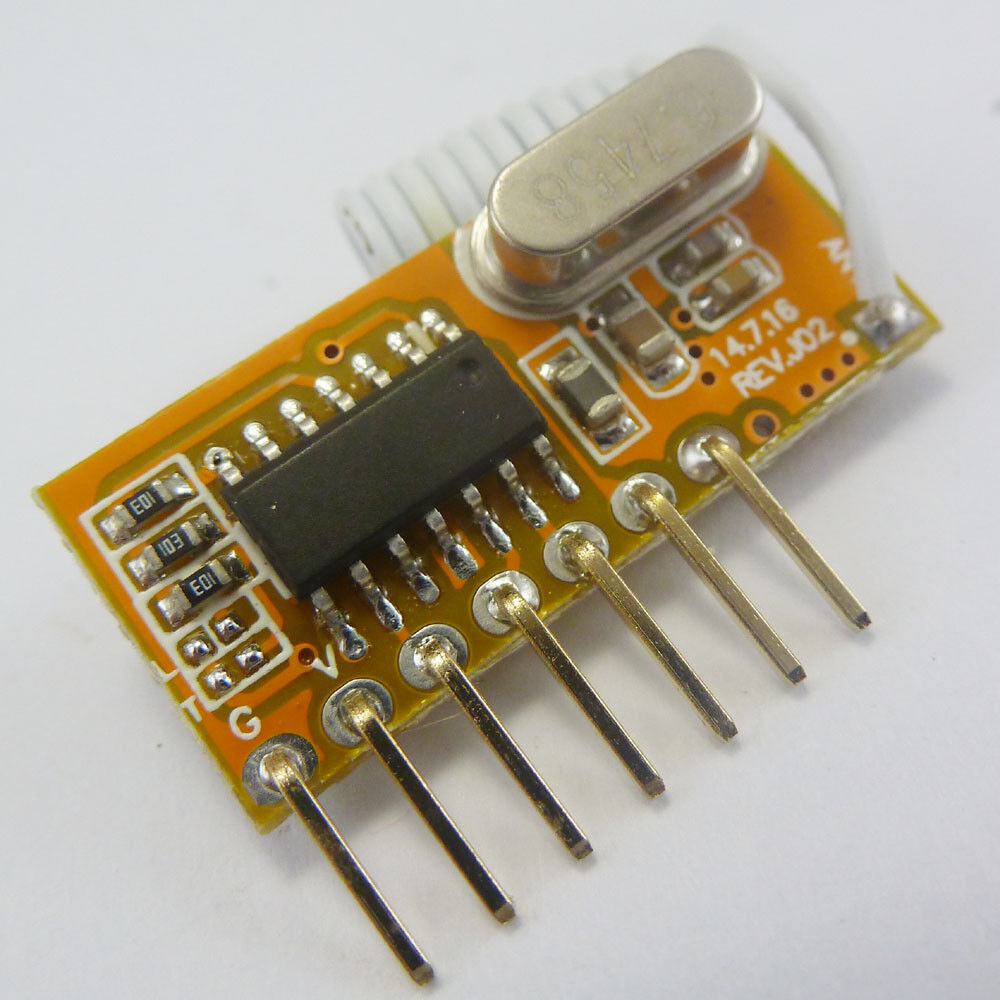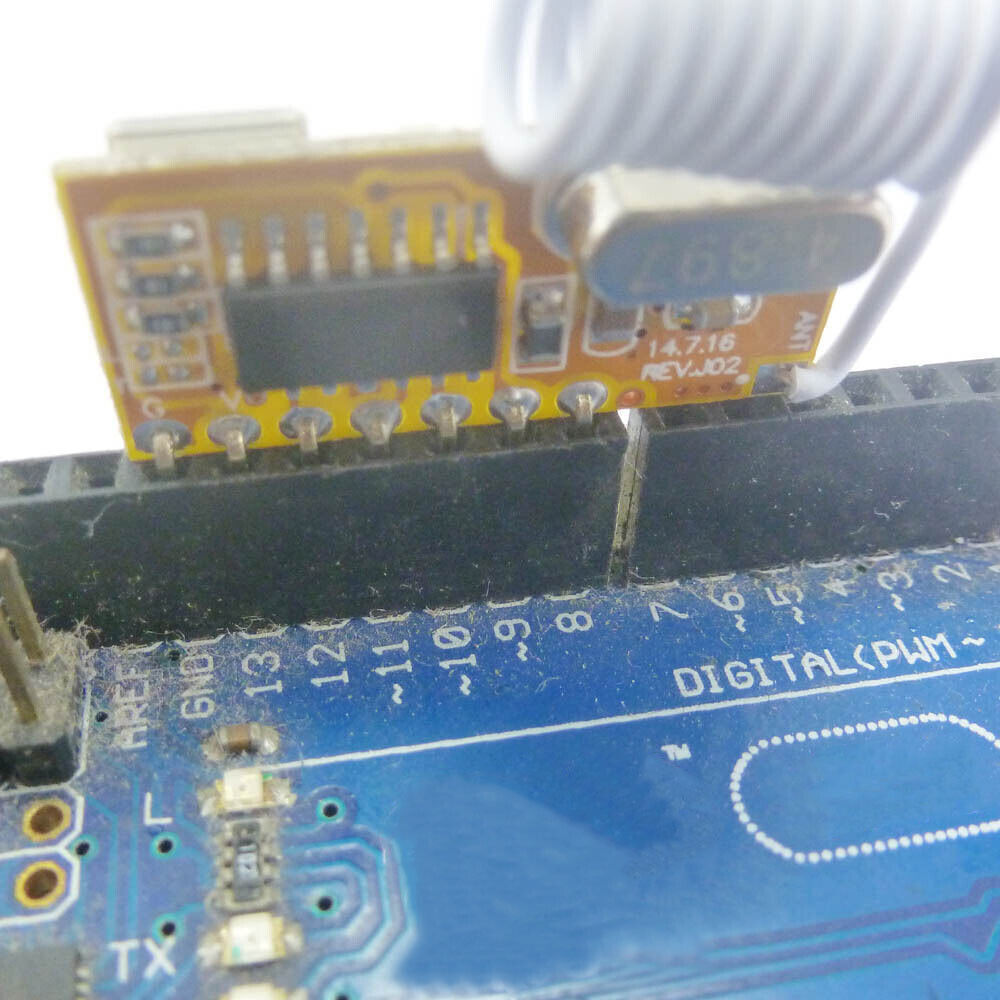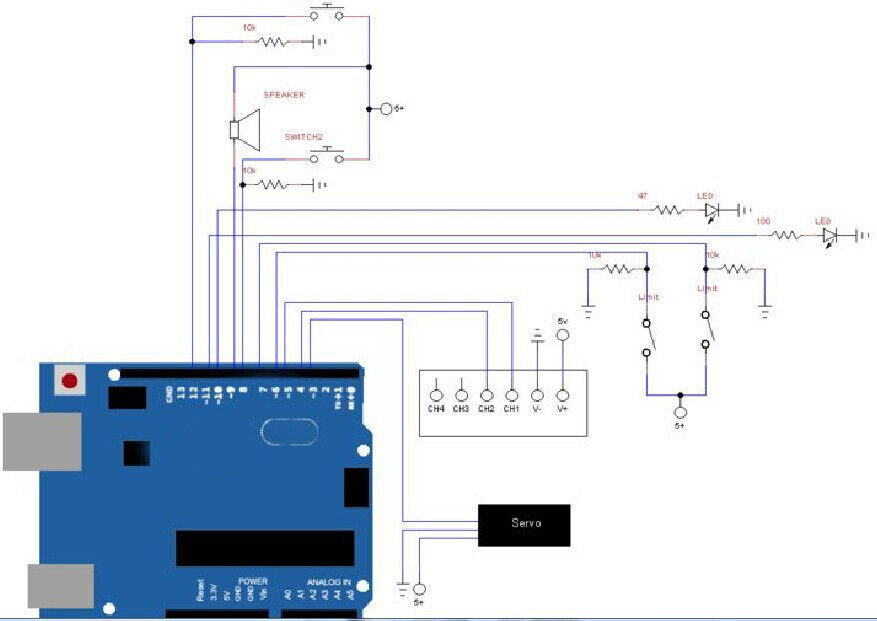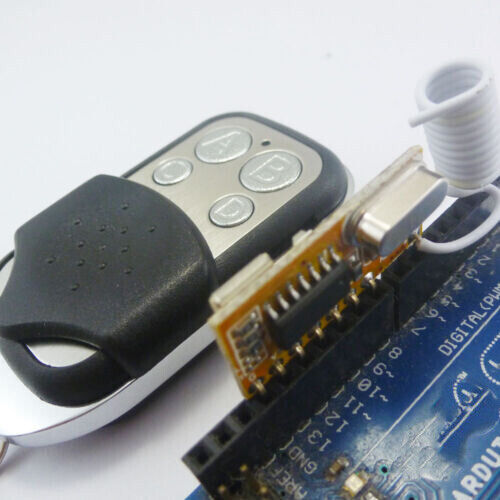Eletechsup Original Factory Official Store
433MHz ASK OOK EV1527 PT2272 Encode Decode RF Remote Control Wireless Link Kits
433MHz ASK OOK EV1527 PT2272 Encode Decode RF Remote Control Wireless Link Kits
SKU:TB418*1+CJ003*1
1000 in stock
Couldn't load pickup availability
Share












Product Description
|
Model No. |
TB417
|
|
Operating voltage |
5.0VDC ±0.5V
|
|
Working priceple |
Super Heterodyne receiver with decoder , learning type . decoding PT2262, PT2260, PT2240, EV1527 and other learning codeto chip or compatible chips, can learn and store 20 pcs different coded remote control. Intelligently distinguish shock resistance between fixed code and learning code , such as PT2262 and EV1527. |
|
Static current |
≤7 mA (DC 5V)
|
|
Operating frequency |
433MHz
|
|
modulation Mode |
ASK/OOK
|
|
Receiving sensitivity |
over -110 dBm (50 Ω)
|
|
Speed |
< 5 K bps (at 315 MHz, -95 dBm)
|
|
Operating temp. |
-10 °C ~ +60 °C
|
| Max rate | 1 KHZ |
|
Antenns length
|
20 cm (315 MHz), 18 cm (433.92 MHz)
|
|
Dimension |
30*13mm
|
|
Output signal |
TTL level , Momentary, Latch, Toggle ,user can set it by welding, Latch is defult. |
|
Band width |
2MHz(315MHz, Sensitivity go down 3dBm test )
|
Output
A.Momentary ----all disconnect (defult) ;
B. Toggle ---- connect T ;
C.Latch ---- connect L ;
2 : VT output high (5V TTL level) when signal received;
3: D1 D2 D3 D4 four data pins corresponding to four buttons on the remote control, for example: when the A button on the remote control is pressed, D1 high output, etc.
4: VT and D1-4 pins are 5V TTL pin 10MA maximum energy output current can drive the MCU port or LED lights .
Technical Data :
We specialize in RF Wireless Radio Transmitting Units and Receiving Units, the product include transmitters with case, receivers with relay(s), transmittng modules and receiving modules, are widely applied in RC toy, remote sensing, telemetry, fireworks, industrial control, home&garden application.
Intro :
The key to my apartment never worked quite right because it is a copy of a copy of a copy. I am fairly certain that the dead bolt is original to the building and the property manager seems to have lost the original key years ago. As a result unlocking the door was always a pain. Changing the lock wasn't an option, but eliminating the need to use a key was.
Parts:
Arduino Uno R3
Servo
2 Push Button Switches
Red LED
Green LED
Various Resistors
piezoelectric speaker
Perf Board
Step 1 :
Mounting Parts
I used a couple of pieces of acrylic that I acquired in the dumpster of the plastic shop next to my place of work (they throw out alot of small pieces like this). Alternatively another material could be used if you don't have access to acrylic, but it is easy to work with and looks cool.
Using a piece of paper trace the mounting holes for your dead bolt and transfer them onto your acrylic sheet. Since most dead bolts are going to be slightly different I am not sharing the template I made out of a piece of paper (mainly because it isn't anything worth sharing).
Leave the paper covering on while working with the acrylic. The paper makes it easy to mark where to cut/drill as well as protects the material from scratches. Once all of your cuts are made and your holes are drilled you can start installing components such as LEDs and switches.
Step 2:
Servo
